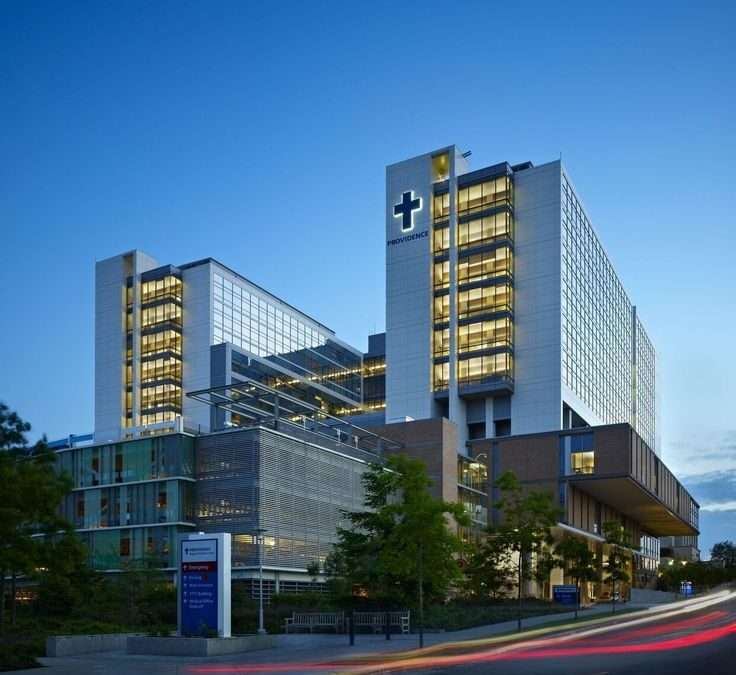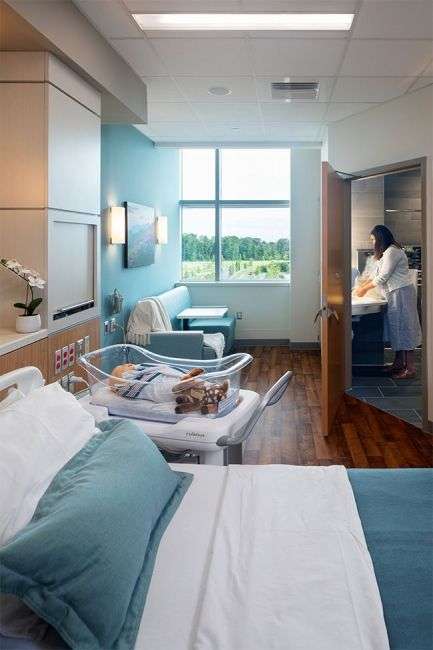
Emergency Planning: Learning from Tragedy to Protect Healthcare Lives
November 19, 2024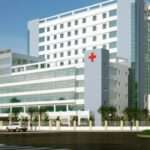
Empowering Healthcare Professionals: Hospertz’s Role in Your Growth
November 25, 2024As healthcare facilities grow in number and complexity, integrating sustainable practices into healthcare construction has become more critical than ever. From energy-efficient designs to sustainable materials, the healthcare sector is increasingly adopting green building practices in healthcare construction to reduce its environmental impact, cut costs, and improve patient care. In this blog, we explore the benefits and challenges of integrating sustainability into healthcare construction infrastructure.
Benefits of Sustainable Healthcare Construction
Environmental Impact Reduction
One of the most significant advantages of sustainable healthcare construction is its ability to reduce a facility’s environmental footprint. Green buildings prioritize energy and water efficiency, reducing waste and minimizing the carbon footprint of hospital operations. For example, incorporating renewable energy sources, like solar panels, can significantly cut down on reliance on fossil fuels.
Cost Savings
Although sustainable building materials and technologies can carry higher upfront costs, they often lead to long-term savings. Energy-efficient HVAC systems, LED lighting, and high-performance insulation can drastically reduce utility bills over the life of a building. Additionally, using sustainable materials that require less maintenance can save on repair and replacement costs.
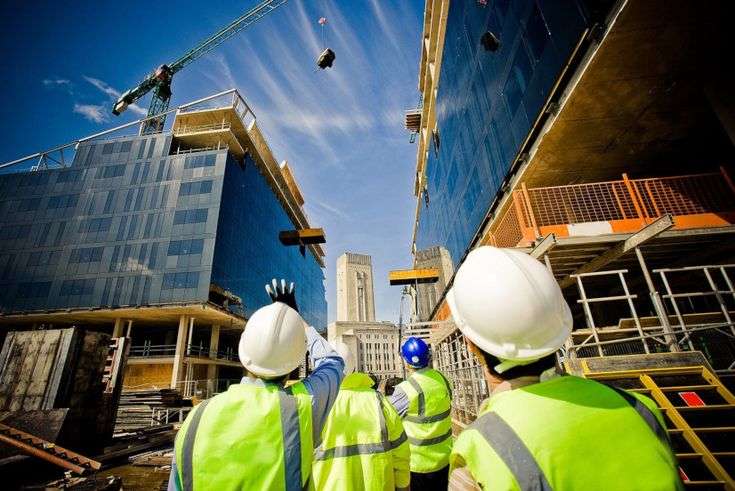
Improved Patient and Staff Well-Being
Green buildings don’t just benefit the environment; they also promote healthier indoor environments for patients and staff. Proper ventilation, natural light, and non-toxic materials improve air quality, reduce the spread of illness, and create a more healing environment. Research shows that hospitals with sustainable designs improve patient outcomes and enhance staff productivity.
LEED Certification and Market Appeal
Leadership in Energy and Environmental Design (LEED) certification is one of the most recognized green building standards. Achieving LEED certification signals to patients, staff, and the community that a healthcare facility is committed to sustainability. Hospitals with LEED certification often experience a boost in their reputation, attracting more patients and qualified staff while gaining recognition for their environmental stewardship.
Challenges of Integrating Sustainability in Healthcare Construction
High Initial Costs
One of the most significant barriers to sustainable healthcare construction is the higher initial investment. Green building materials, energy-efficient technologies, and renewable energy systems can be expensive, and many hospitals face budget constraints. However, it is important to view these as long-term investments, as the operational savings and health benefits typically outweigh the upfront costs.
Regulatory and Compliance Hurdles
Healthcare construction projects are subject to strict codes and regulations, which can sometimes complicate the integration of green building practices. For instance, ensuring that sustainable systems comply with healthcare-specific safety standards and patient care requirements (such as air filtration and medical gas systems) can present challenges.
Balancing Functionality with Sustainability
While sustainable design is important, healthcare facilities must prioritize functionality and patient care. Integrating green building practices without compromising essential hospital services, such as 24/7 HVAC operations or sterile environments, requires careful planning and expertise. This balance can sometimes lead to trade-offs or necessitate additional resources.
Supply Chain Limitations
Sourcing sustainable materials and technologies can sometimes be a challenge, especially in regions where these products are not readily available. This can delay projects or increase costs, especially when trying to maintain the sustainability of the building throughout its lifecycle.
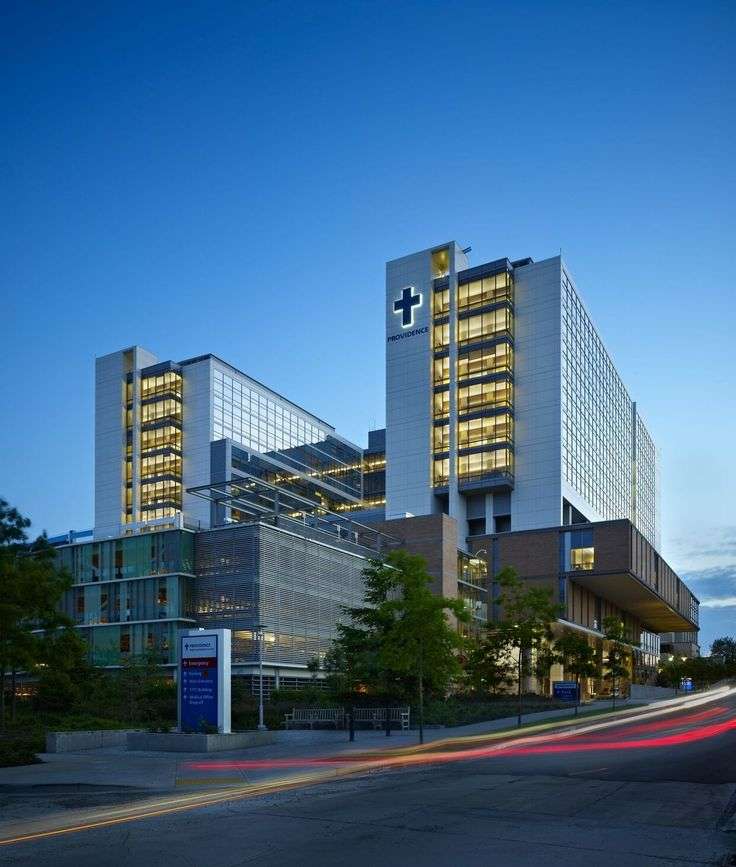
Key Sustainable Practices in Healthcare Construction
- Energy Efficiency: Implementing high-performance HVAC systems, LED lighting, and insulation reduces a facility’s energy demand. Green roofs and renewable energy systems (such as solar panels or wind turbines) also contribute to energy efficiency.
- Water Conservation: Installing water-saving fixtures, such as low-flow faucets, toilets, and irrigation systems, helps reduce water usage. Greywater recycling systems can also be used to repurpose water for landscaping or non-potable applications.
- Sustainable Materials: Using materials with low environmental impact—such as recycled content, low-VOC paints, and sustainable wood—can reduce the building’s overall carbon footprint. Additionally, opting for locally sourced materials helps support regional economies and reduces transportation emissions.
- Indoor Environmental Quality: Green buildings prioritize air quality by using non-toxic materials, installing advanced ventilation systems, and maximizing natural light. These elements improve comfort and help create a healing environment for patients.
Conclusion
Integrating sustainable practices in healthcare construction offers significant long-term benefits, from cost savings and enhanced patient well-being to environmental stewardship and compliance with green building standards. However, the process has challenges, particularly in terms of upfront costs, regulatory compliance, and balancing sustainability with functionality. By carefully planning and investing in sustainable technologies and materials, healthcare facilities can reduce their environmental impact, improve operational efficiency, and create healthier spaces for patients and staff.
As the healthcare industry prioritizes sustainability, the trend toward green building practices in healthcare construction will only grow. This will help hospitals and clinics meet the demands of a rapidly changing world while improving patient outcomes and contributing to a healthier planet. At Hospertz India Pvt. Ltd., we are committed to delivering innovative, sustainable construction solutions that benefit both healthcare facilities and the communities they serve.

